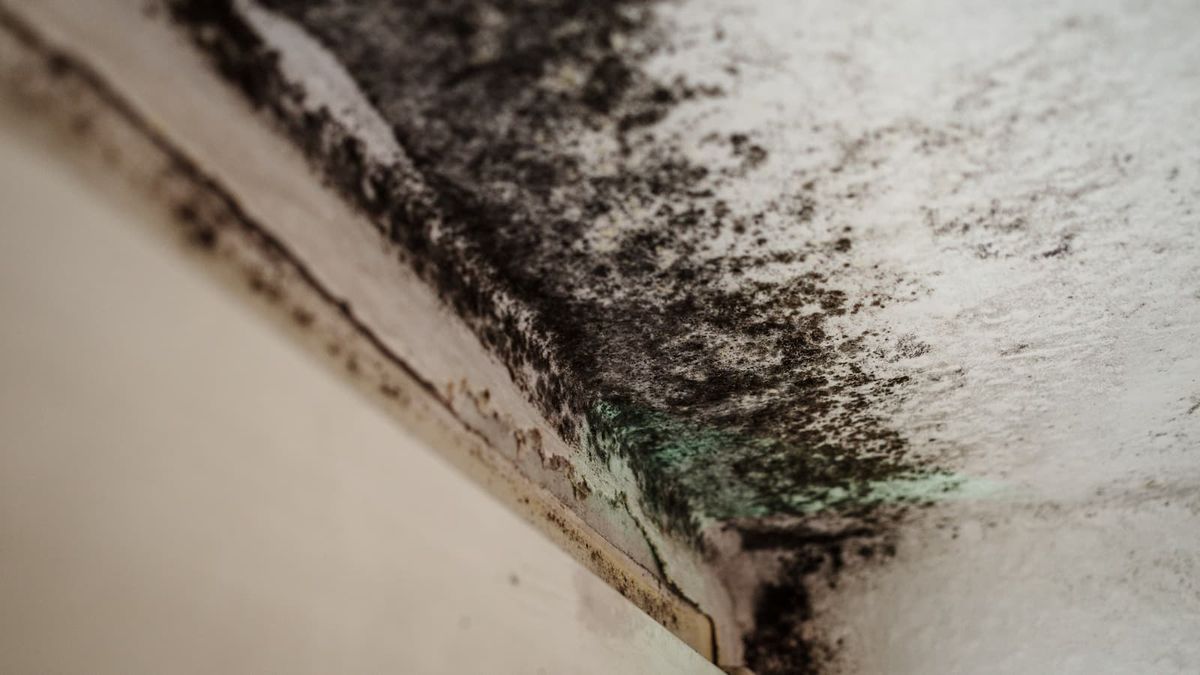The latest findings from the English Housing Survey have raised significant concerns over deteriorating housing conditions, with a marked rise in dangerous damp and mould levels.
Despite improvements in energy efficiency, the report highlights that an increasing number of residents are living in unhealthy environments, sparking calls for urgent government action.
Damp and mould at a five-year high
According to the English Housing Survey, 5% of homes in England had a problem with damp in 2023 – the highest rate recorded in the past five years.
Serious condensation, which can lead to black mould, was reported in 3% of homes, while rising damp and penetrating damp were found in 2%. Notably, local authority housing saw the highest levels of serious condensation (7%), compared to 4% in housing association properties.
These figures highlight a growing crisis in housing quality, with thousands of tenants and homeowners exposed to conditions known to cause respiratory illnesses, skin conditions and mental health issues.
Alex O’Dell, Vice President at VELUX, commented on the findings, stating: “Everyone deserves a safe, healthy, and energy-efficient home with adequate ventilation, daylight, and indoor comfort. It is crucial to equip homes with proper ventilation, ensuring people are at the heart of building policy to create indoor environments that support rather than impair lives.”
Alex is a commercial and strategic leader with over 20 years of experience in ventilation, home appliances, and technology sectors. With a PhD in Agronomy (Crop Science) and a background in Agri-food research, he has a strong track record in air quality, ventilation solutions and indoor climate control.
Energy efficiency improves, but many homes still fall behind
Despite concerns over damp and mould, the survey also reported progress in home energy efficiency.
The proportion of homes with an Energy Performance Certificate (EPC) rating of C or higher has risen to 52%, up from 23% a decade ago. Additionally, the share of properties in the least energy-efficient bands E to G has fallen from 26% to just 9%.
Loft and wall insulation rates have also improved, with 40% of homes now having over 200mm of loft insulation and 89% fully double-glazed. However, the cost of improving a home to at least an EPC rating of C remains significant, averaging £7,320 per property.
While these improvements signal progress, many homes remain below acceptable energy efficiency levels, particularly in the private rented sector, where properties continue to be less well-insulated and more prone to damp conditions.
Urgent need for renovations and policy intervention
The worsening damp and mould crisis underscores the urgent need for investment in housing renovations.
Experts warn that poor indoor air quality, combined with rising energy costs, is leaving thousands at risk of long-term health complications.
O’Dell continued: “While progress has been made, a large number of people in England still live in homes that fall into the lowest EPC bands. Concerningly, the survey reports a ‘notable increase in levels of dangerous damp and mould’ compared to pre-pandemic levels. We urge the Government to prioritise renovations to enhance the energy efficiency and indoor climate of all homes.”
With 80% of the buildings we will use in 2050 already standing today, the challenge of upgrading England’s housing stock is both urgent and unavoidable.
The Government has announced that from October 2025 social landlords will be required to address damp and mould hazards that present a significant risk of harm to tenants as part of the governments Warm Homes Plan.


Leave a Reply